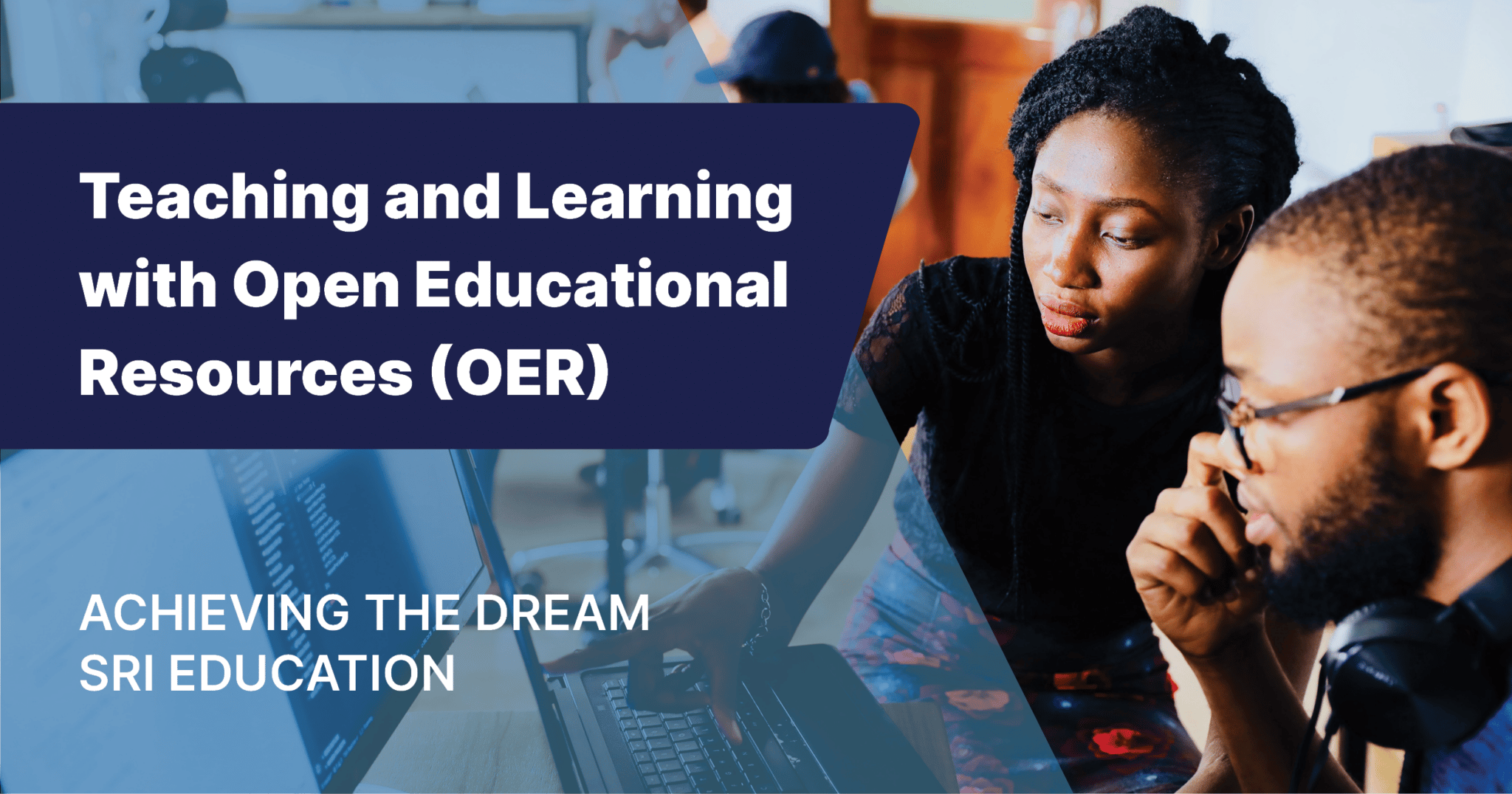OER and ACM2Y
Nov. 17, 2022
Nov. 17, 2022

I often say that I have the best job in the world, and after 31 years as a teacher, I can say that with more enthusiasm than ever. It has been my great pleasure to be at the center of developing a two-year college computer science and information and communication technology program at the Arlington Career Center with students dual-enrolled at Northern Virginia Community College at a time when interest in many of the things that motivate me most deeply, including social justice computing, is exploding.
As a case in point, I am delighted to have recently been invited to be on a panel discussing Open Educational Resources (OER) hosted by the ACM2Y interest group of the Association for Computing Machinery.
I consider OER to be one of components of social justice computing. It is a key component of goal 4, "Ensure inclusive and equitable quality education and promote lifelong learning opportunities for all", of the United Nations Sustainability Goals. OER promotes the de-commodification of educational resources and helps unleash the promise of the Internet to be a beneficial resource for all of humanity, rather than a tool for the further concentration of wealth and power of the few over the many.
I have been involved in OER since before the term existed. I first got excited about the idea that modern information and communication technology would make it possible for educators to collaborate on the development of educational resources when my mentor, Dr. Martha A. Brown, involved me in collaborative Summer workshops to develop math curriculum in the early 1990s. I wrote briefly about that in a previous post. In 1999 I became involved in the birth of the OER movement when I remixed Allen Downey's Java based intro CS textbook into what became How to Think Like a Computer Scientist: Learning with Python.
I've been actively involved in developing OER resources ever since. The Library Science program at the University of North Carolina hosts the Open Book Project (OBP) website where I post curriculum materials that I develop along with my students. This year I am focusing on remixing and updating an OER resource developed at Georgia Tech, CS Principles: Big Ideas in Programming for use with my 9th grade AP Computer Science Principles class. I also maintain my own website for communicating with my students. This is often a place where I start curriculum development projects that find their way to the OBP website if they reach enough polish to merit the move.
In doing some investigation in preparation for this blog post, I came across Teaching and Learning with Open Educational Resources (OER), a graphic from which adorns the start of this post. The existence of this study "to find out whether the use of OER leads to instructional transformation, how the use of OER shapes pedagogy and how the use of open content enables more equitable, culturally responsive teaching practices" is a dream come true for me. The use of OER has been one of the most important factors keeping me loving my job for the past 31 years. It now seems that the world is finally catching up with me ;-)
My professional development goal this year will be to become more active with the ACM2Y interest group and to work with others in the group to develop and promote OER in two-year college CS and ICT programs. The Executive Summary of Teaching and Learning with Open Educational Resources (OER) states that "[t]he open education movement is rooted in the desire to break down barriers to education and to democratize opportunities for access and participation in the creation of knowledge, especially for historically marginalized populations." Joining with other educators in that movement working towards those meaningful goals is what will keep me teaching in the years ahead.